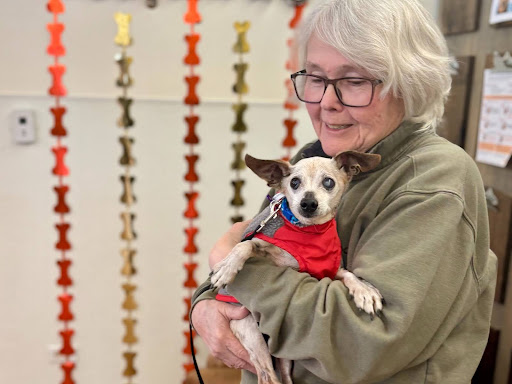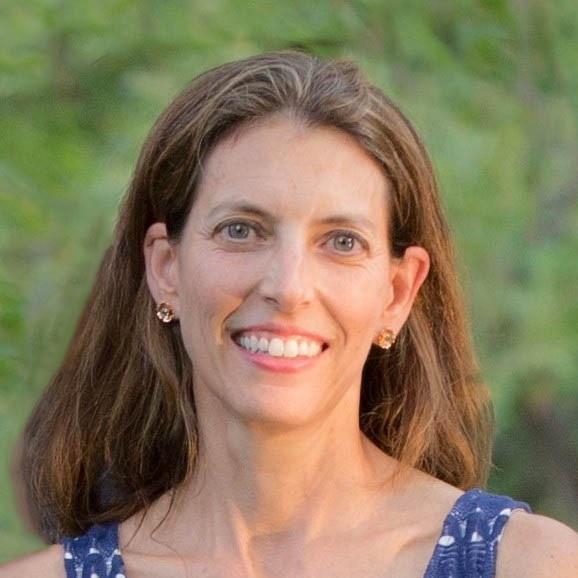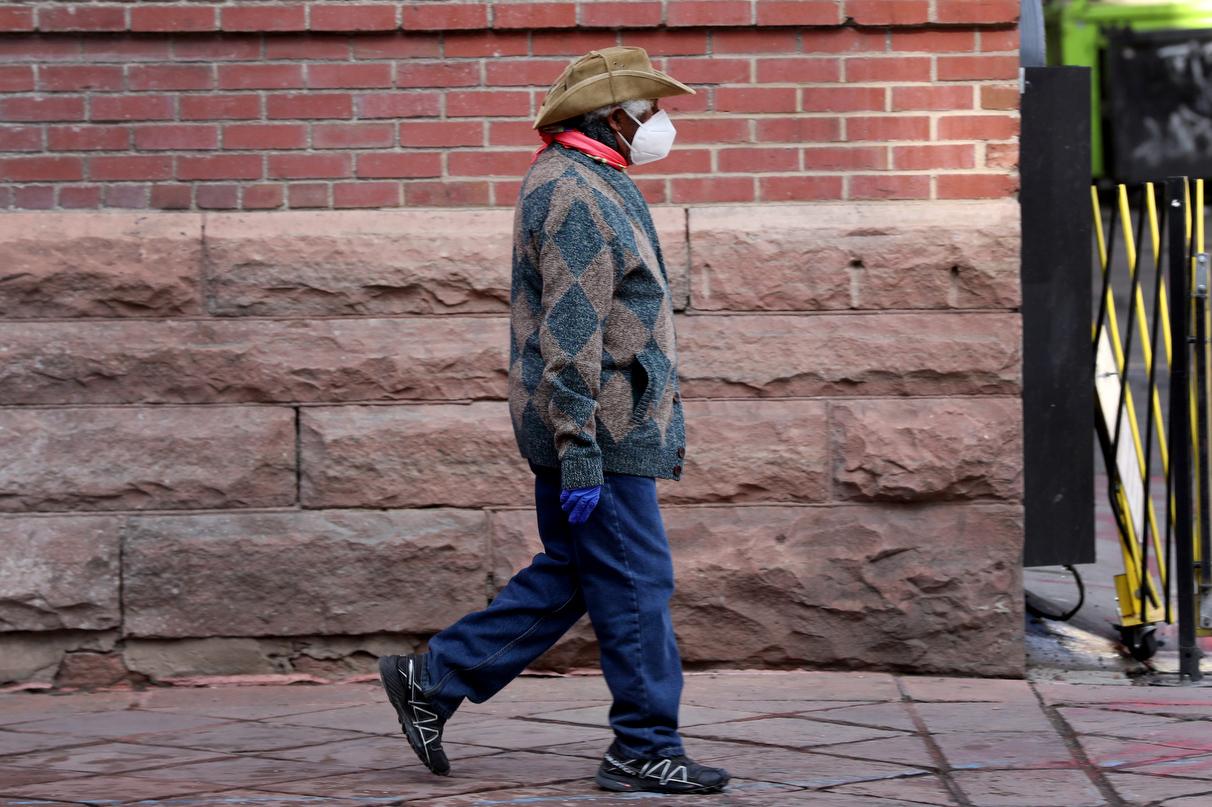
Dr. Jason Persoff, a physician with key duties involving emergency preparedness, posted a jubilant, occasionally teary video on Facebook Sunday evening.
Persoff is on the front lines of the response to COVID-19, and has been closely watching the course of the disease in the state. In the video, he turned a camera to his computer screen, showing a graph, published Sunday night by The Institute for Health Metrics and Evaluation in Washington, suggesting the peak of the novel coronavirus outbreak in Colorado may have happened the day before.
“I just got done crying a little bit with the greatest news of all, at least here in Colorado, it's one of the best things I've ever seen,” said Persoff, the assistant director of emergency preparedness at the UCHealth hospital in Aurora. He made clear in a post his views were his own, not of his employer. “I can't tell you how happy I am. I hope this holds.”
The model’s prediction stirred discussion on Twitter and in the Colorado public health world. But state health officials quickly cautioned people against a premature celebration regarding the results of the model.
“I think it’s wrong,” said Kathryn Colborn, an associate professor in the Department of Surgery on the University of Colorado’s Anschutz Medical Campus.
In an address Monday, Gov. Jared Polis did celebrate the “silver lining” of the success of the state’s response, but cautioned that the state was far from the end of its fight against the disease.

The question of where Colorado is in the outbreak — and what that means for the state’s limited supplies of medical equipment — has become a pressing one. On the same day the Washington model dropped, a committee of health leaders in Colorado took the grim step to recommend the state prepare to suspend hospitals’ normal protocols in favor of what are called “crisis standards of care,” to guide who gets care and who decides in case the COVID-19 crisis overwhelms hospitals, and resources get scarce.
The answer to the question of where the state is in this outbreak of COVID-19 will be the difference between those guidelines being used or not.
Data on the peak is still shaky — and models should be taken with a grain of salt.
Many, like Persoff, have made a habit of checking a model from the University of Washington’s Institute for Health Metrics and Evaluation. The web page allows users to select any state from a dropdown menu. An infographic then shows a state’s predicted peak for life-saving resources, like hospital beds, ICU beds and ventilators.
On Saturday, the model forecasted Colorado would hit its peak resource use around April 17. It predicted the state would soon exceed its capacity for ventilators and ICU beds — if it hadn’t already. About 2,100 Coloradans would die by August.
By Sunday, when Persoff looked, some changes to the math underlying the model resulted in a far better prognosis for the state. It appeared the peak resource use had come and gone on April 4. Deaths had hit their highest point around the same time. Only about 300 Coloradans would die by August.
So what happened? And what should Colorado do: Brace for the worst or take a deep sigh of relief?
Colborn is part of a team working on a similar model developed in Colorado to inform state and local policymakers. She said the revised predictions from the IHME for Colorado are likely far too optimistic for a couple of reasons.
The first has to do with how long any population can stay on lockdown. The scientists only predict a first wave of coronavirus cases by assuming strict social distancing measures can be followed until early August. Right now, Colorado’s stay-at-home order only goes through April 26. She said it’s more realistic to expect two spikes: one now and another after policy measures are relaxed or no longer followed.
“Why would we assume there wouldn't be a subsequent outbreak?” she asked. “Our working theory is that you're going to have to continue with case followup and testing probably through the summer to really get rid of the infectious population.”
Her second point of criticism is more technical. Colborn said the IHME model is statistical rather than mathematical, which means it depends on the dynamics of previous coronavirus outbreaks in places like China and Italy. In other words, the probability of future outcomes is based on past behavior.
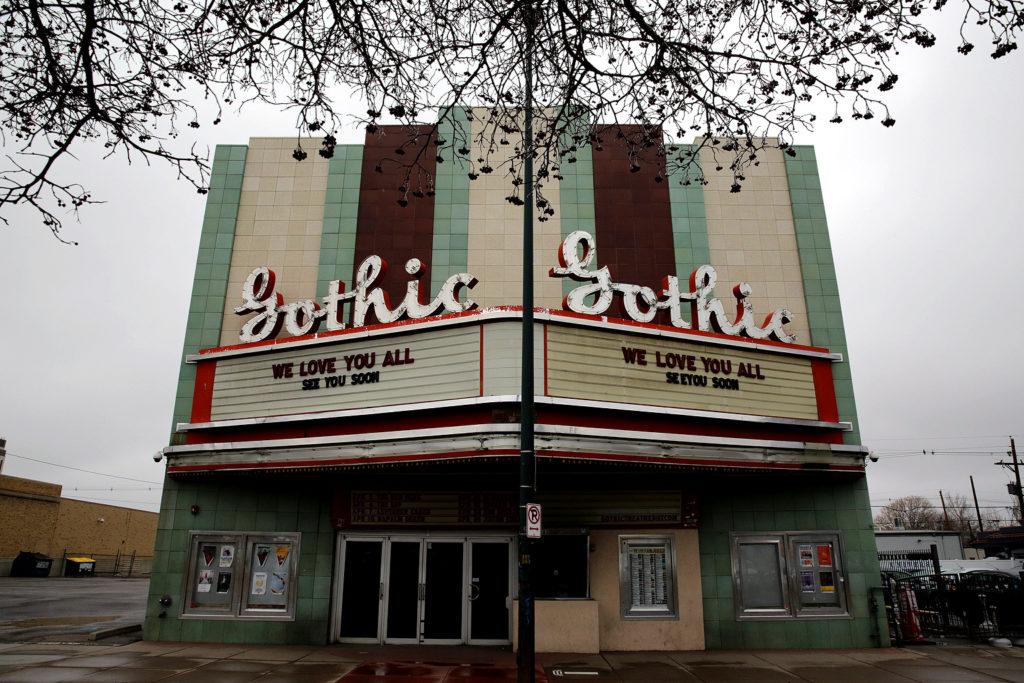
While Colborn said that approach makes sense for comparable populations, she said it risks assuming the disease will spread in Colorado like it did in Wuhan, which had even more restrictive measures, or the hardest-hit Italian region of Lombardy.
In fact, that appears to be one reason for the dramatic changes in the more optimistic IHME model. In a press release, Dr. Christopher Murray, who directs the think tank that developed the model, said a “massive infusion of new data” from other countries had shifted their expectations of how the pandemic would behave in the U.S.
Colborn explained her team has taken a different approach in their forecasts for Colorado policymakers. It assumes the structure of a pandemic and plugs in a set of interdependent variables.
The key variable for Colborn’s model is known as R0, or “R naught,” a phrase Polis has referenced frequently in his press conferences. It roughly translates to the number of people a single infected person will also infect. An R0 of 3 or 4 means a pandemic is set to explode throughout a population. An R0 of less than one means the disease will peter itself out as people contract the disease and recover.
State policymakers recently released some of the model data from the University of Colorado Anschutz team.
Colborn said their research shows Colorado citizens have enormous power to affect the critical variable. If the state and local policies are working, the modelers guess each infected person will come into contact with a smaller proportion of people each day. On Monday, a report from the CU Anschutz team stated social distancing measures implemented in mid-March — such as closing bars, schools, restaurants and ski resorts — appear to be slowing the growth of Colorado’s outbreak. The modelers expect to see the impact of the statewide stay at home order in the coming week.
In a press conference Monday, officials with the Colorado Department Of Public Health and Environment hammered the point: Coloradans could even “flatten the curve” enough to avoid overburdening the healthcare system. The modelers estimate the state achieved 45 percent social distancing with the closure of bars, restaurants and schools. If it achieves 70 to 80 percent social distancing, they said the state might not surpass its current capacity of about 2,000 ICU beds.
That would also affect when the outbreak peaks. Colborn said if people achieve an 80 percent social distancing rate that could mean hospitalizations could crest in the next week.
She added hospitalizations — rather than predicted cases — is the number she plans to watch most closely. Statisticians have to guess the total number of infected coronavirus patients based on the number of people who’ve tested positive — likely a fraction of the real cases. Colborn said hospitalizations will provide a clearer signal.
“Until we start to see the number of new hospitalizations per day go down, then we can't really say that we're at our peak,” she said. “And you'd probably want to see that for a few days in a row.”
On Monday, Persoff too tempered his initial optimism, saying the state’s data “suggests that the curve might, might, be flattening. However, it’s just too early to know for sure.” He said he was hopeful that Coloradans’ focus on social distancing is working, but it’s also important to consider that these numbers were calculated over a weekend and might continue increasing.
“The most important thing right now is that we don’t stop the work Colorado is doing to reduce the spread of this virus,” he said.
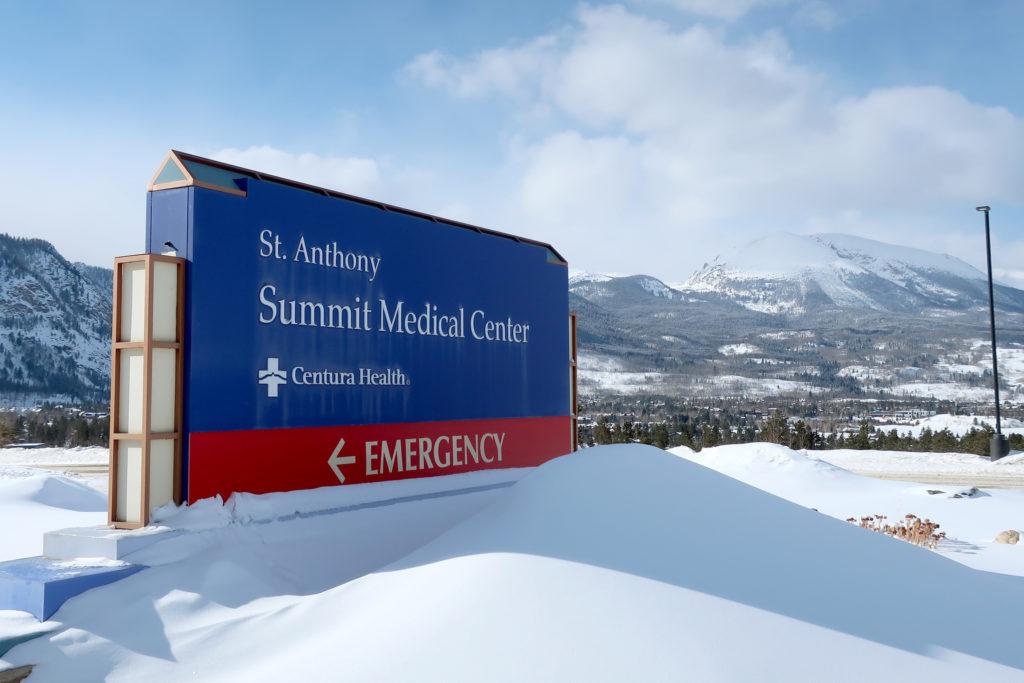
The CEO of Centura Health, the region’s largest health care system, Peter Banko, issued a statement saying its “internal forecasting and modeling confirms” statewide actions by the governor “are positively slowing the spread of this novel coronavirus.”
Centura still expects to see a “significant increase of critically ill patients presenting with respiratory symptoms who will require extended hospitalization and ventilation,” he said.
“In the next two weeks and at least through the end of April (or early May), we will be challenged in ways we haven’t been before and it will require us to come together as an organization, with our fellow health systems, and as a community like never before.”
It’s now a race against time and new cases.
A number of trend lines emerging in Colorado still paint a decidedly worrisome picture. Figures released Monday show the total number of cases in the state at over 5,000 and the number of patients hospitalized nearing 1,000. Coronavirus has been identified in patients in 54 of the state’s 64 counties. The death toll rose to 150.
Many of those hospitalized with COVID-19 are very sick and will need ventilators, ICU beds and staff to care for them, often for weeks.
Also of great concern: ongoing or emerging hotspots.
The pandemic is showing no sign of letting up in places where many seniors live. There are 41 outbreaks at residential and non-hospital health care facilities. Employees from a Greeley meatpacking plant are worried they were being exposed to the new coronavirus at work.
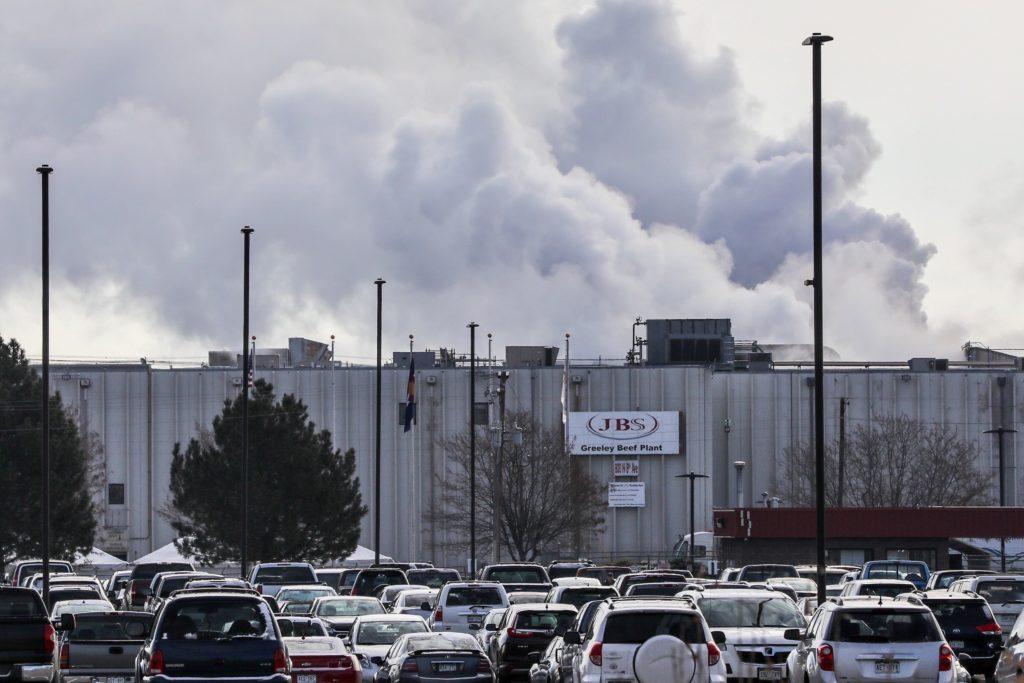
Rep. Yadira Caraveo, a pediatrician in Thornton, also worries COVID-19 could continue to hit some groups especially hard, like seniors, those experiencing homelessness, low-income residents and immigrants.
“A lot of the information at the start, it's gotten better, but it was only provided in English, and it was not translated into Spanish, let alone less-common languages,” she said. The state is now providing more multilingual information and Polis has included Spanish-language media in briefings. Still, she said, “there's a deficit of information there for immigrant populations.”
And Colorado’s best efforts could be thwarted by a lack of key medical supplies: ventilators, personal protective equipment like masks, gowns, goggles and gloves; and some medications, particularly those associated with intubation. The state is working to acquire more, but new patients won’t wait for supplies to arrive.
“What's most discouraging is the national issues related to PPE and ventilators,” said Dr. Emmy Betz, an emergency room physician at University of Colorado School of Medicine. “I didn't think that, in my medical career, I'd hear of colleagues (elsewhere, not at UCHealth) wearing ski goggles and plastic bags.”
Still, Colorado’s figures for hospitalizations and deaths have not approached the sort of sharp growth, or a doubling over just a few days, witnessed in other communities, like New York or New Orleans.
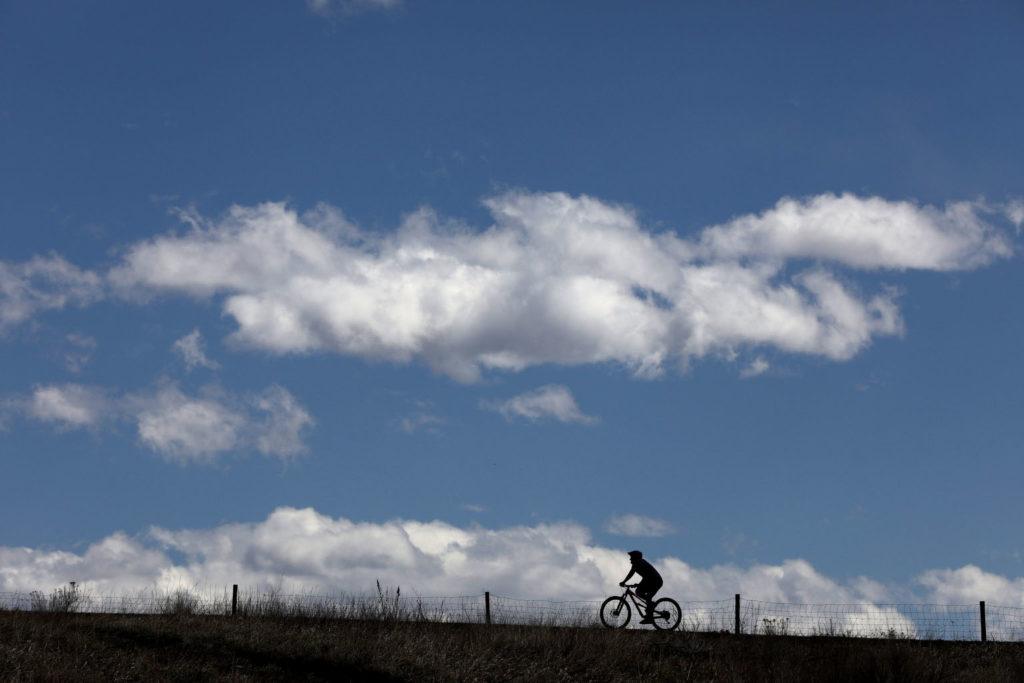
Anecdotally, frontline providers and hospital managers say they too see encouraging signs.
Dave Ressler, who leads a hospital in one of the ski country communities hardest hit early on, Aspen and Pitkin County, said the number of patients being admitted for symptom management, and being referred to a respiratory evaluation, were at manageable levels.
“This is good news,” he said.
A few weeks ago, Aspen had the most cases in the state, and the county has had some of the state’s highest rates.
“We believe that the mitigation and now suppression efforts by the community, and as a state, are indeed flattening the curve," Ressler said. "We are encouraged that we can see a path through this viral outbreak without our resources being overwhelmed. That was and remains the goal.”
Rural facilities, with fewer staff and resources, are at higher risk of being overrun. But so far, many appear to be weathering the COVID storm, while warily eyeing their balance sheets.
“At the moment things are okay,” said Konnie Martin, CEO of San Luis Valley Health in Alamosa.
In the hospital's six-county region, officials had confirmed 17 cases as of Sunday. Six patients were treated at the hospital, one was still there and two were transferred to Front Range hospitals. But the elimination of elective procedures is eating at hospital revenue, said Martin.
“Thus far it doesn’t appear that the federal or state relief efforts will make it to us. We are over 500 employees, so the Payroll Protection Act (passed by Congress) will not help us," she said.
Another hospital administrator, Kevin Stansbury, CEO of Lincoln Community Hospital in Hugo on the eastern plains, said his facility is ready to use excess space for patients moved from urban hospitals if those get hit with a surge.
“Generally we remain ready for the surge,” he said. “We are stressed due to the impending potential surge of patients and by the current loss of revenue related to stopping all elective procedures.”
Dr. Richard Zane, chair of the Department of Emergency Medicine at the University of Colorado School of Medicine, described it “like watching the most slow-motion avalanche that may or may not build momentum.”
“The best way to describe things is that they are eerie,” he said. “We continue to take care of patients who are increasingly sick, although we have not seen the ‘wave’ that NYC or New Orleans have seen and hopefully will not. Although volumes of emergency patients are either not increasing or increasing slowly, the proportion of those patients who are sick with COVID and critically ill increases day to day and the ICUs are getting very full and extremely busy.”
He added that it’s too early to tell if social distancing will have the needed effect. That will come in the coming weeks.



